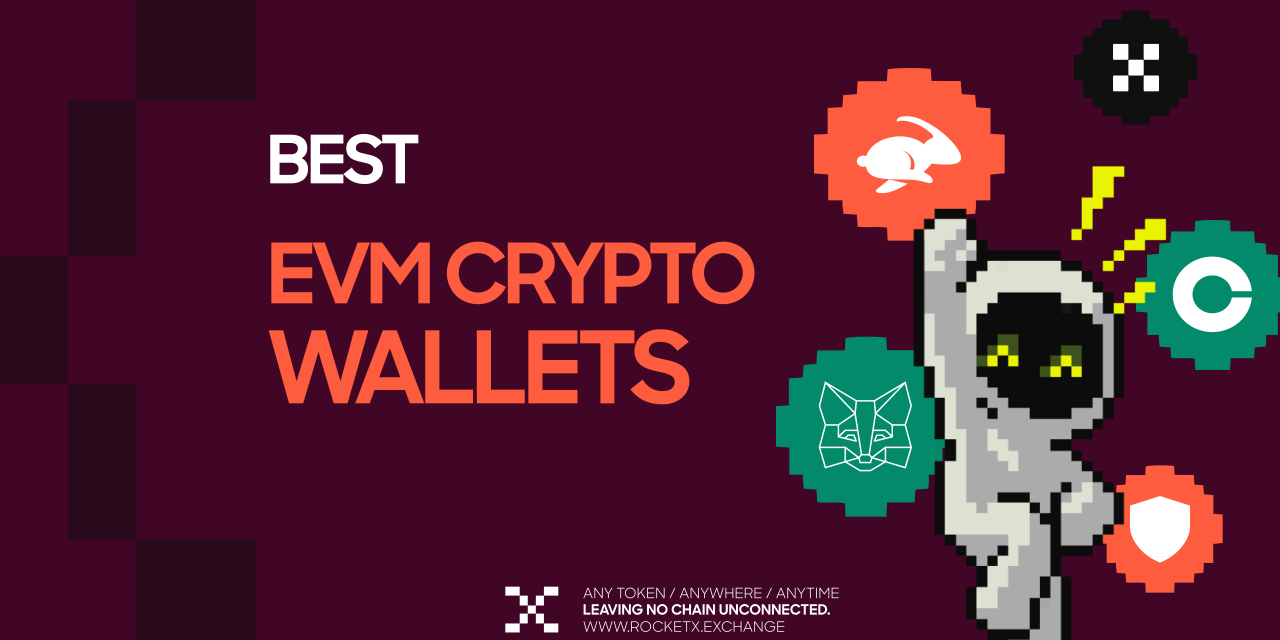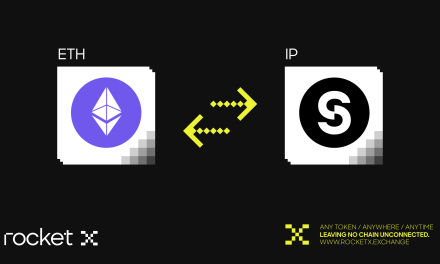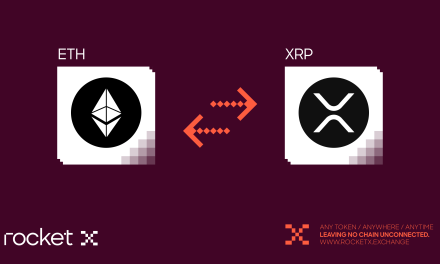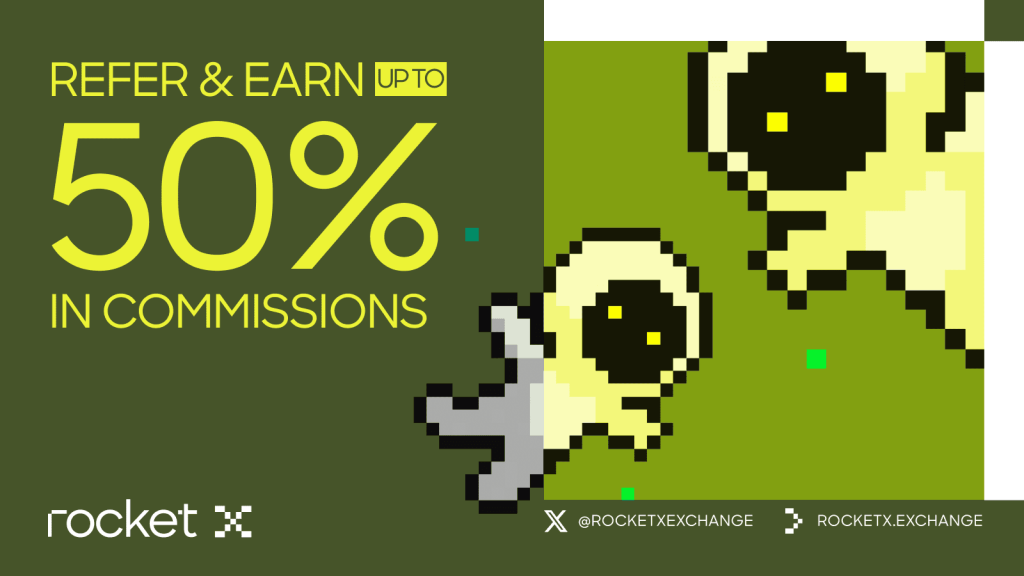
Introduction
In the rapidly expanding universe of Web3, choosing the right wallet can mean the difference between a smooth DeFi journey and a frustrating experience. With the growing dominance of EVM-compatible blockchains like Ethereum, Arbitrum, Optimism, BNB Chain, Base, and others, users require more than just a place to store tokens—they need a wallet that enables interaction with dApps, cross-chain swaps, staking, NFT management, and secure storage. That’s where EVM wallets come into play.
If you’re already familiar with what crypto wallets are and how they function, you might’ve explored our in-depth article: Top Crypto Wallets in 2025: Which One Is Right for You?. That guide covers the broader fundamentals—how to create and secure a wallet, why it matters, and the evolution of wallet technology.
But in this article, we’re going deeper.
We’ll focus specifically on what an EVM wallet is, how it works, and why it’s essential for the Ethereum-based Web3 ecosystem. Plus, we’ll introduce you to the Top 5 EVM Wallets—carefully selected for their multi-chain capabilities, security, and seamless user experience.
What Is an EVM Wallet?
An EVM wallet is a type of cryptocurrency wallet built to support blockchains compatible with the Ethereum Virtual Machine (EVM)—the foundational engine behind Ethereum smart contracts. These include popular Layer 1 and Layer 2 chains such as Arbitrum, Optimism, BNB Chain, Base, Polygon, Linea, and more.
So, what exactly is an EVM wallet? In simple terms, it enables users to store and transfer ERC-20 tokens, interact with decentralized applications (dApps), manage NFTs such as ERC-721 and ERC-1155, and bridge or swap tokens across various networks—all from a single interface.
Whether you’re swapping tokens on RocketX Exchange, staking assets on Arbitrum, or minting NFTs on the Base network, your wallet is your key to staying connected, secure, and in control across Web3.
Put simply, an EVM wallet is your all-access gateway to the Ethereum-powered decentralized world—one tool to unlock everything the Web3 ecosystem has to offer.
Top EVM Wallets to Use
The world of crypto wallets has come a long way since the early days of Bitcoin. Today, Ethereum and EVM-compatible chains remain at the heart of the Web3 ecosystem that allows you to access DeFi, NFTs, staking, yield farming, and other ecosystem activities. However, to interact with or access these applications, one needs a wallet—the tool that connects you to this decentralized universe. But with dozens of wallet options available today, the question isn’t just which one is best—it’s which one is right for you.
Before we dive into the list, it’s important to clarify how these wallets were chosen.
These wallets weren’t selected based on popularity or partnerships, nor do we have any affiliations with any of them. Instead, our focus was on real-world usability, top-notch security features, mobile and browser support, integrated tools like swaps and bridges, cross-chain compatibility, active development, and genuine feedback from the user community.
With that context in place, here are the top EVM wallets to consider this year.
1. MetaMask Wallet – The Veteran Explorer
MetaMask has long been the most familiar name in the Ethereum ecosystem, and it continues to evolve in 2025. As a browser extension and mobile app, MetaMask supports all major EVM networks and thousands of dApps across the Web3 world.
Its biggest strength lies in its ecosystem reach—nearly every DeFi, NFT, or DAO project integrates with MetaMask by default. Over the years, MetaMask has also added support for Snaps, allowing developers to expand the wallet’s capabilities to non-EVM chains and additional security features.
While some users may now find MetaMask’s interface a bit “classic,” its open-source nature, Ledger/Trezor support, and wide compatibility still make it a cornerstone for anyone interacting with Ethereum and Layer 2s.
Best for: Everyday Web3 users who want broad compatibility with minimal setup.
Want to master MetaMask?
Watch our step-by-step MetaMask Wallet guide on YouTube:
👉 MetaMask Wallet Explained – Full Guide
2. Trust Wallet – The Mobile Powerhouse
Owned by Binance but built as a non-custodial product, Trust Wallet shines as a mobile-first solution for users who prioritize simplicity without sacrificing features.
Trust Wallet supports a vast number of chains, including Ethereum, Arbitrum, Optimism, BNB Chain, and even non-EVM networks like Solana and Cosmos. With an in-app dApp browser, staking, token swaps, and NFT support, it serves as a full-featured toolkit on your phone.
It’s also worth noting that Trust Wallet doesn’t require users to manage complex RPC settings—adding new chains is typically automatic, which makes it particularly attractive for newer users or those who prefer not to tinker too much.
Best for: Mobile-native users who want a powerful wallet that “just works” across multiple chains.
Want to explore Trust Wallet features step-by-step?
Watch our step-by-step Trust Wallet guide on YouTube:
👉 How to Use Trust Wallet – Full Setup & Features
3. Coinbase Wallet – Web3 Access for the Masses
While Coinbase is a centralized exchange, its Coinbase Wallet product is completely self-custodial and separate from exchange accounts. It allows users to manage their own keys while offering a clean, user-friendly interface.
Coinbase Wallet shines in its integration with the Base blockchain—a Layer 2 network developed by Coinbase that is seeing rising activity in the DeFi and NFT sectors. It also supports all major EVM networks, NFTs, and has a Web3 browser built into the mobile app.
What sets Coinbase Wallet apart is how seamlessly it onboards new users from CeFi into DeFi. With a few taps, users can move funds from their Coinbase exchange account into their wallet and begin exploring Web3, making it an ideal choice for people transitioning into self-custody.
Best for: Coinbase users and Web3 beginners looking for a familiar entry point into decentralized wallets.
4. OKX Wallet – The Web3 Multitool
OKX Wallet is not just an accessory to a centralized exchange—it’s a full-fledged Web3 wallet built for multi-chain interoperability. It supports Ethereum, Arbitrum, BNB, Optimism, Base, zkSync, and even non-EVM networks like Solana, Aptos, and Bitcoin.
With native features like one-click bridging, a built-in swap aggregator, an NFT marketplace, and access to an in-built browser, OKX Wallet is designed for users who want to explore all aspects of Web3 in one place.
Best for: Users who want a multi-chain wallet with trading, NFTs, and DeFi tools built in.
Want to see how it works in practice?
Watch our full OKX Wallet guide on YouTube:
👉How to Create and Use OKX Wallet – Multi-Chain Setup & Features
5. Rabby Wallet – Built for DeFi Power Users
Rabby Wallet, developed by the team behind DeBank, is tailored specifically for DeFi-native users who interact across dozens of EVM chains. Unlike traditional wallets that require manual network switching, Rabby detects the network automatically based on the connected dApp.
It also includes transaction simulations, risk alerts, real-time balance updates, and gas tracking—all designed to help you make informed decisions before confirming a transaction.
As an open-source wallet, Rabby is regularly audited and supports hardware wallet integration. In 2025, its popularity continues to grow among on-chain analysts and those managing complex DeFi positions.
Best for: Advanced users who need detailed insights and fast interaction with EVM protocols.
Want gas savings, chain auto-detection, and better DeFi tools?
Watch our step-by-step Rabby Wallet guide on YouTube:
👉 How to Use Rabby Wallet – The DeFi Power Wallet
Final Thoughts: Choosing the Right EVM Wallet for Your Needs
There’s no universal “best wallet” in Web3—and that’s a good thing. The right EVM wallet for you depends on your level of experience, how you interact with crypto, and the type of device you prefer to use.
Here’s a quick breakdown to help you choose the right tool for your journey:
- If you’re a beginner, wallets like Coinbase Wallet and Trust Wallet are excellent starting points. They offer intuitive interfaces, mobile-first designs, and seamless integration with top dApps—perfect for those just getting started in crypto.
- If you’re a more advanced user, Rabby Wallet stands out with its smart network auto-detection, advanced signing controls, and deeper customization—making it ideal for users who interact with multiple dApps and chains regularly.
- If you’re exploring across multiple blockchains, OKX Wallet is a powerful multichain solution. It supports both EVM and non-EVM networks, with built-in token swaps, NFT management, and dApp discovery features—all in one place.
In addition to these, here are some other notable wallets worth considering:
Binance Wallet (great for BNB Chain users), Bitget Wallet (mobile-friendly with swap and portfolio tracking), SafePal Wallet (software + hardware hybrid security), Exodus Wallet (ideal for beginners with built-in swaps), and Rainbow Wallet (tailored for Ethereum users and NFT collectors).
Already Exploring Wallets?
If you’re interested in learning more about wallet creation, security tips, and how crypto wallets have evolved, check out our detailed guide:
🔗 Top Crypto Wallets in 2025: Which One Is Right for You?
This article breaks down everything you need to know about crypto wallets and a step-by-step tutorial to help you get started.
Your wallet isn’t just a tool—it’s your Web3 identity. Choose wisely, stay secure, and enjoy the journey across the decentralized world.






